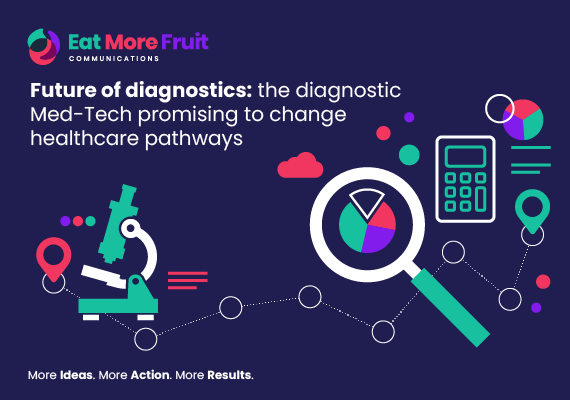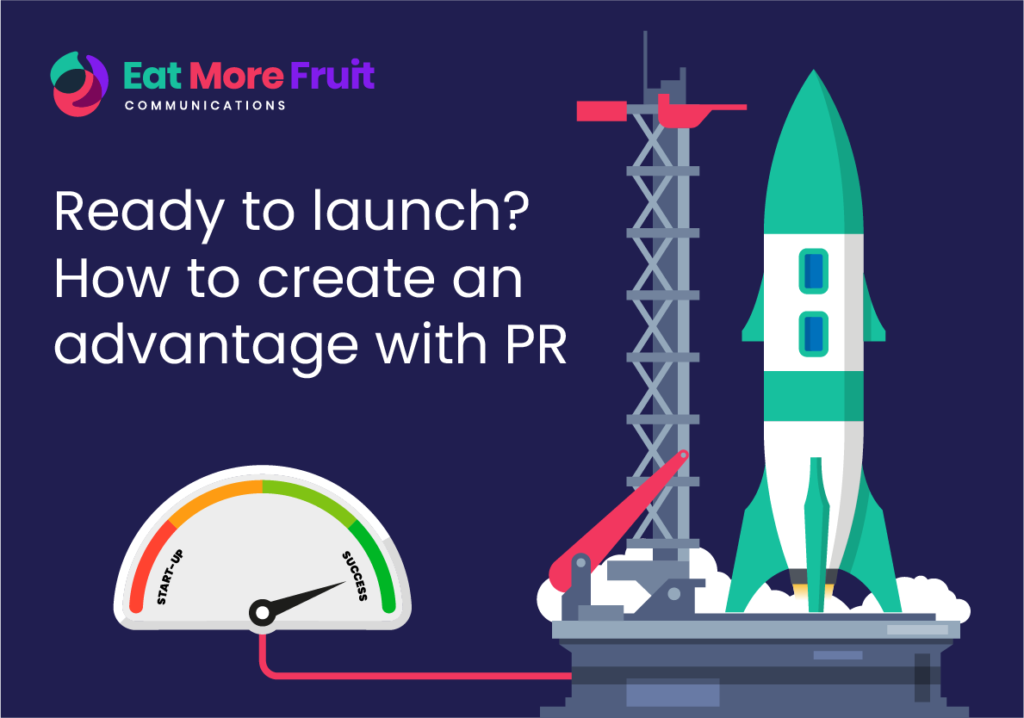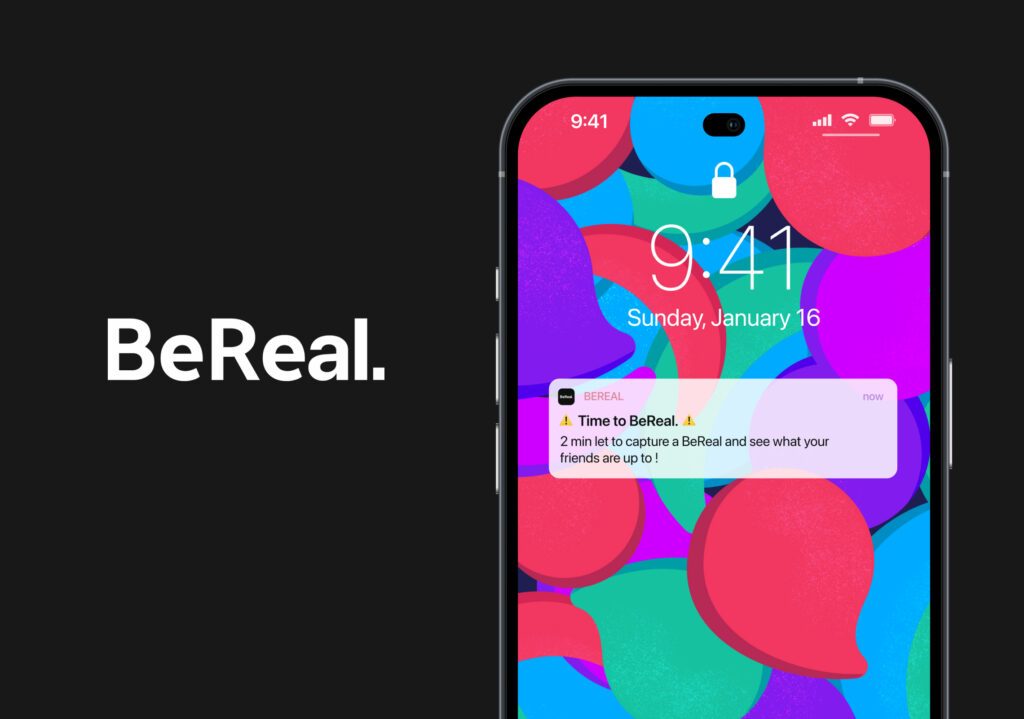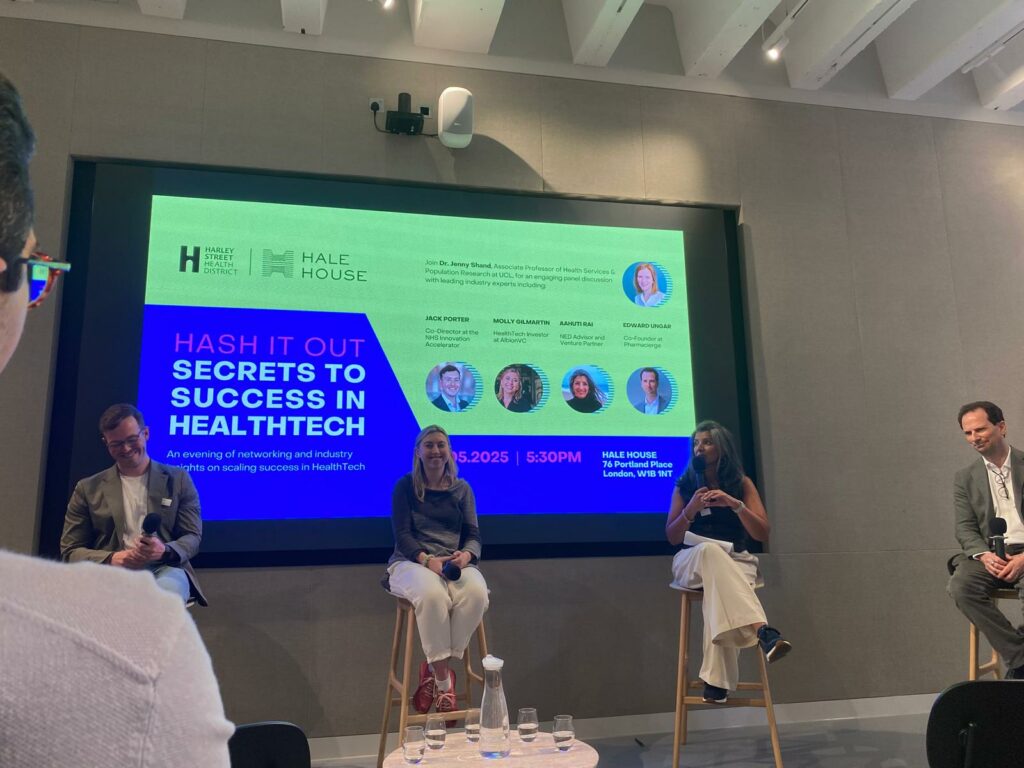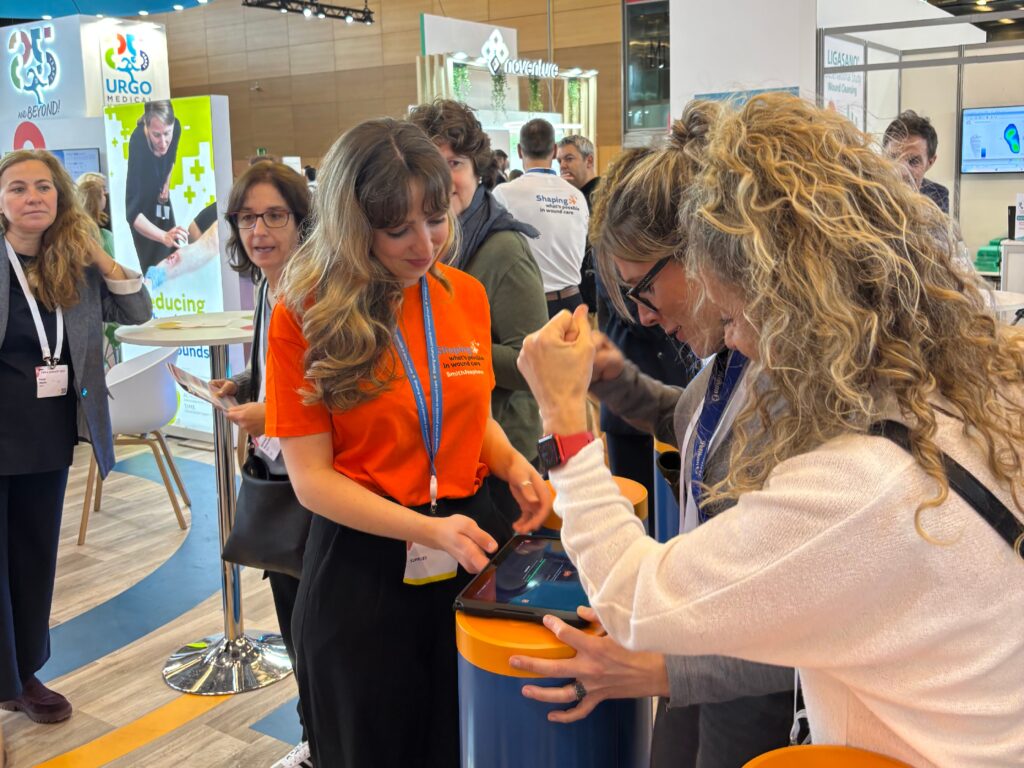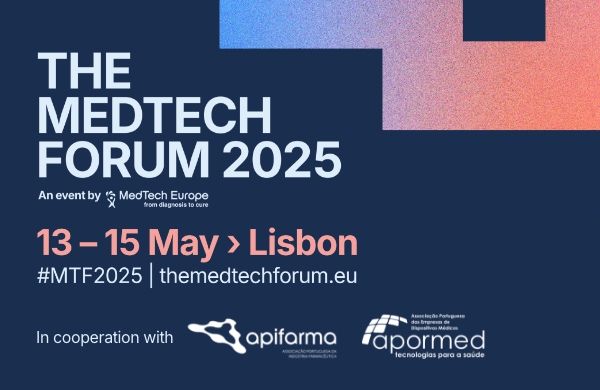Globally, staffing issues and long waiting lists are affecting patients’ ability to access timely diagnosis and treatment. As patients, we have more choice and control over our care pathway with advanced diagnostic technology and accurate point-of-care testing.
A challenging situation, but there are reasons to be optimistic. New, innovative diagnostic medtech promises to streamline diagnostic pathways through simpler, safer, and more reliable testing. Individuals can benefit from enormous AI-fuelled data sets. Power to the patient with the most advanced at-home testing for everything from perimenopause to sleep apnoea.
We have mapped out some of the growing trends in diagnostics medtech and the opportunities for your communications strategy.
Continuous monitoring
Demand for continuous monitoring in diagnostics and the management of chronic conditions exploded during the COVID-19 pandemic. Devices that allow practitioners to remotely diagnose and monitor a patient’s condition have obvious benefits during a lockdown. But, they also hold the potential to change how we diagnose and monitor chronic conditions in the future.
Wearable technology is improving monitoring and diagnosis of diabetes type I/II. Companies like Alertgy and Know Labs produce non-invasive and wearable technology that patients can use to monitor their blood glucose.
Tech in the future won’t just be wearable, it will be implantable. Implantable or injectable nanobots that continuously monitor patients for signs of disease, long before symptoms develop, may be the future.
Wearable technology and associated apps will inform and empower not only healthcare processionals but also patients and consumers. This Internet of Things (IoT) approach to healthcare will share data and advice more freely between stakeholders for real-time updates.
As many of these devices target consumers, ensure you dedicate time to Direct To Consumer (DTC) marketing, especially if its traditionally a B2B model.
Big data & artificial intelligence
Big data and artificial intelligence (AI), two words that are dominating media conversations this year with the launch of ChatGPT. Diagnostic medtech companies are some of the first in healthcare to use AI to reduce errors, create efficiencies, and support patients in their day-to-day life.
In recent years AI has completely changed medical imaging. Companies like Digital Diagnostics, Cleerly and Perspectum have all harnessed AI and big data to create next-generation imaging systems for conditions ranging from liver disease to macular dystrophy. AI can analyse imaging scans, identify patterns in health records, and predict outcome to give patients realistic expectations.
Silvercloud Health, is an online provider of cognitive behavioural therapy that has algorithms to predict outcomes long before they reach crisis point. The significance of such technologies raises the level of sophistication of communications to discussing the benefits of real structural change to healthcare systems. Communications and PR therefore shift from relatively simple product conversations to one involving a higher level of opinion leader and influencer about the future benefits.
Self / at-home diagnostics
Consumers and patients are increasingly engaged in their healthcare, demanding more choice and involvement in their care. This transition, however, has barriers, namely regulation around individuals’ medical data and how and why marketers can communicate with them.
There is a subtle difference in communications between prescribed technology in a regulated, publicly funded healthcare setting, and a direct-to-consumer self-pay device. One such example of prescribed technology is the Zio, from iRhythm. This wearable device monitors risk of cardiac events and data can be viewed by patient and doctor in real-time. Oura is direct-to-consumer device that monitors sleep. It collects useful data to improve sleep patterns. There is an obvious difference in the tone and targeting of content between these two products in such different market niches.
Companies in either space should highlight how their technology is safe, reliable, and takes care of sensitive patient information. Ensure your peer-reviewed data is easily accessible to doctors, regulators and the public. For the consumer, highlight how your tech improves their quality of life, and makes diagnosis, and monitoring pain-free and easy.
If you are a diagnostic medtech innovator or marketing professional looking for more from your communications contact us today to find out how we can help you achieve your goals.
